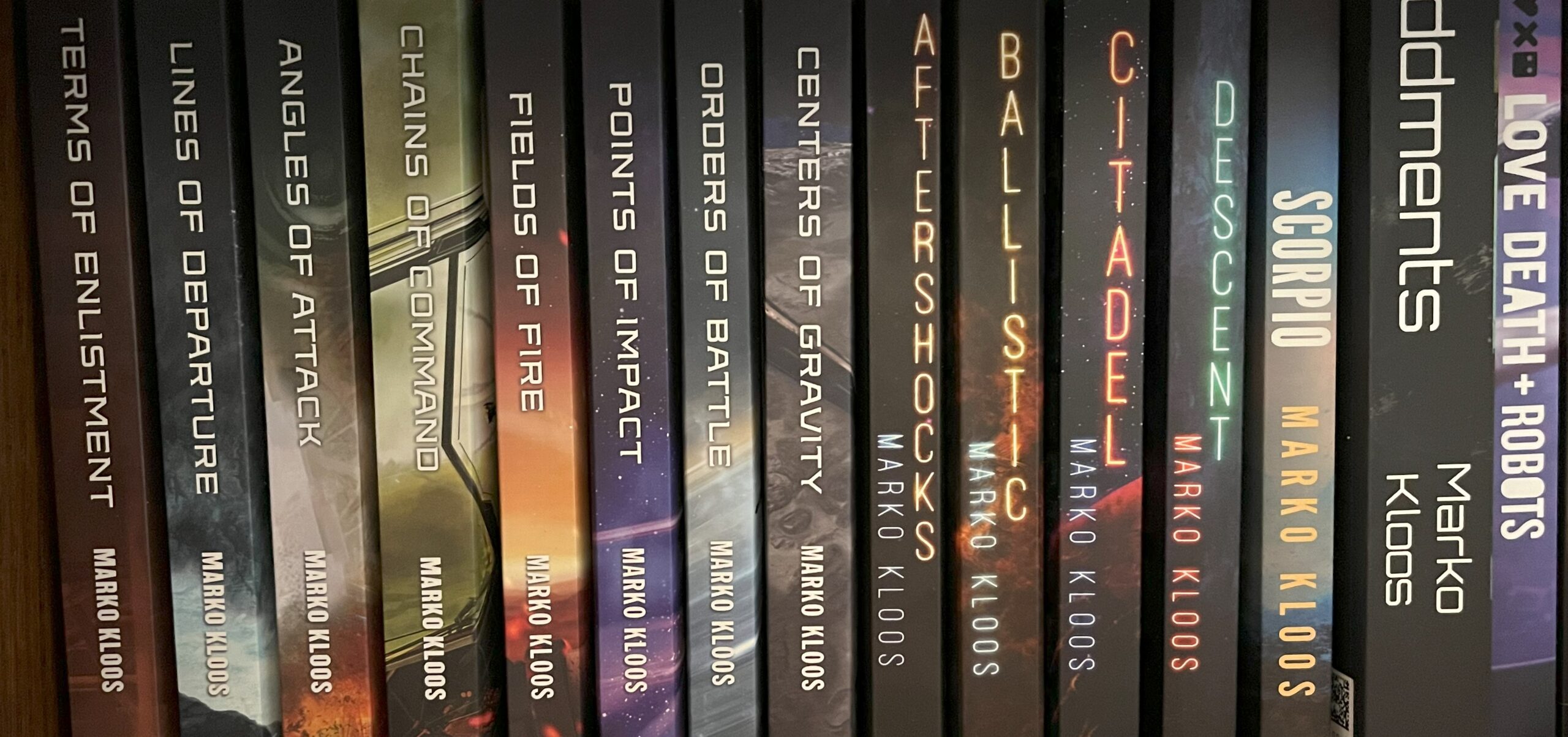A fountain pen works via capillary action. It has a roughly leaf-shaped nib that sits on a feed which is connected via channels to the ink supply. Ink will flow out of the supply, through the channels, and then to the tip of the nib, all without the user having to put any pressure on the pen to write.
On most fountain pens, the tip of the nib is a little ball that’s welded onto the nib itself and then split along with the nib. The finer the little ball, the finer the line the pen will leave on the paper. Super-fine nibs will make your ink supply last a lot longer and allow for writing in small spaces such as graph paper and book margins, but the finer the nib, the less smooth it feels because of the smaller amount of ink for the nib to glide on.
There’s a type of nib called an italic or “stub” nib that isn’t a ball, but rather just a chisel shape with rounded edges. It’s mostly used for calligraphy and expressive writing because the chisel tip produces different line widths on horizontal and vertical strokes.
Here’s an example of the difference between a ball-shaped “regular” fountain pen nib and one with an italic nib:
As you can see, the lower pen with the chisel-shaped nib makes thinner lines on the horizontal strokes, while the ball-shaped nib tip of the upper pen produces a line that does not vary in width.
Italic nibs are a little harder to master because they favor a certain stroke direction and sort of force your writing that way, but the output sure looks nice.
The bottom pen is a Pilot Knight fountain pen. I bought it with a medium nib of the regular variety, and it was just a ho-hum nib that didn’t write remarkably in any way. I also had two cheaper Pilots around with different nibs, one of which was a Pilot Plumix with an italic nib. The nibs and feeds on the Pilot pens looked identical, and I had read that the feeds are just friction-fit inside the sections, so I emptied both pens and tried my hand at some modding. I pulled the feeds and nibs out of both pens and swapped them to find that they were, in fact, completely interchangeable. Now I have a nice metal-bodied Pilot Knight with an italic nib, and two spare nibs to use if I want to switch to a medium or extra-fine line.
Once you get used to the peculiarities of the italic nib, it’s a lot of fun to write with. It gives the line a sort of character you can’t get from any other pen. The Knight is no longer in production, although you can usually find some new-in-box examples on fleaBay. The Plumix with the italic nib is widely available, for example here, and it’s very inexpensive as quality fountain pens go.


I had a nib that was rough a while back and was given the tip to try writing a out a couple of lines on 2000 grit paper ( the stuff that’s smoother than my child’s bottom.)
Before I do something stupid, has anyone else tried this trick?
Try a coarse brown paper bag first and see if that helps. I know some people who swear by that for smoothing out stubborn nibs.
FWIW, Sheaffer — yes, yes, I know — has an italic pen out, new design, and for an inexpesnive pen, I’m impressed. Three widths (that I have seen) and a proprietary ink cartridge.
I like italic nibs but they’re thirsty.
You had good luck with them? I bought the wide italic Shaeffer, and it’s a piece of garbage. Bad flow, lousy nib.
The italic Pilot is much nicer, and it’s not all that thirsty for an italic nib. I’ve really come to like Japanese nibs. They know how to do fountain pens.
Basic training for a student should include the methods and styles to cut a nib from a quill with your pen-knife. Then you don’t get the little ball at the end.
That and Spencerian letter forms.
That’s some straight writin’, dude. Your penmanship is, how they say, exemplary.
And then there’s the flex nib, where the line width varies with writing pressure. You don’t see those much outside of antique pens, though modern versions apparently do exist.